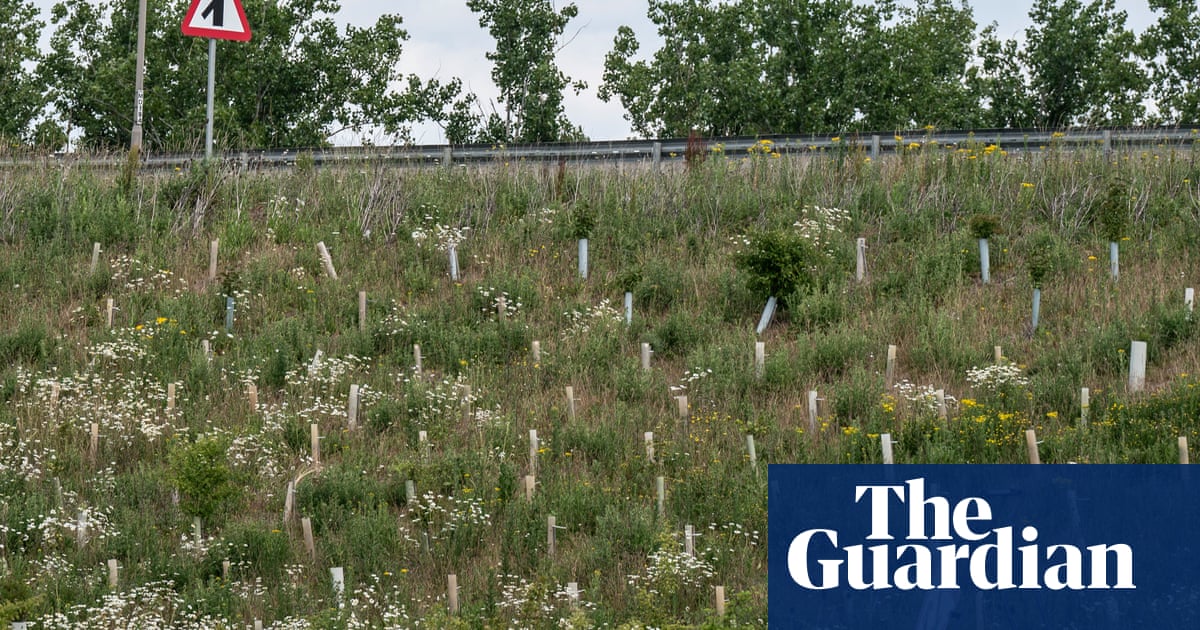
"The new 21-mile road between Cambridge and Huntingdon cost £1.5bn and was opened in 2020 to fulfill a familiar political desire: growth."
"Map National Highways promised that the biodiversity net gain from the construction project would be 11.5%; however, five years later, the evidence shows a decline."
"Empty plastic tree guards stretch for miles along the new road, testifying to the mass die-off of most of the 860,000 trees that were planted."
"With the rollback of environmental protections, concerns have emerged that the planning and infrastructure bill may enable developers to destroy nature more easily."
The A14 road project between Cambridge and Huntingdon, costing £1.5bn, aimed to promote growth and was expected to enhance biodiversity. However, National Highways later admitted that the project resulted in worse environmental conditions. Evidence of this decline includes empty tree guards signifying the loss of most of the 860,000 trees planted, as well as dried-up animal culverts and silt-choked ponds. The rollback of environmental protections under recent legislation raised further concerns about developers' ability to negatively impact nature, prompting calls for investigations into the project's failures.
Read at www.theguardian.com
Unable to calculate read time
Collection
[
|
...
]